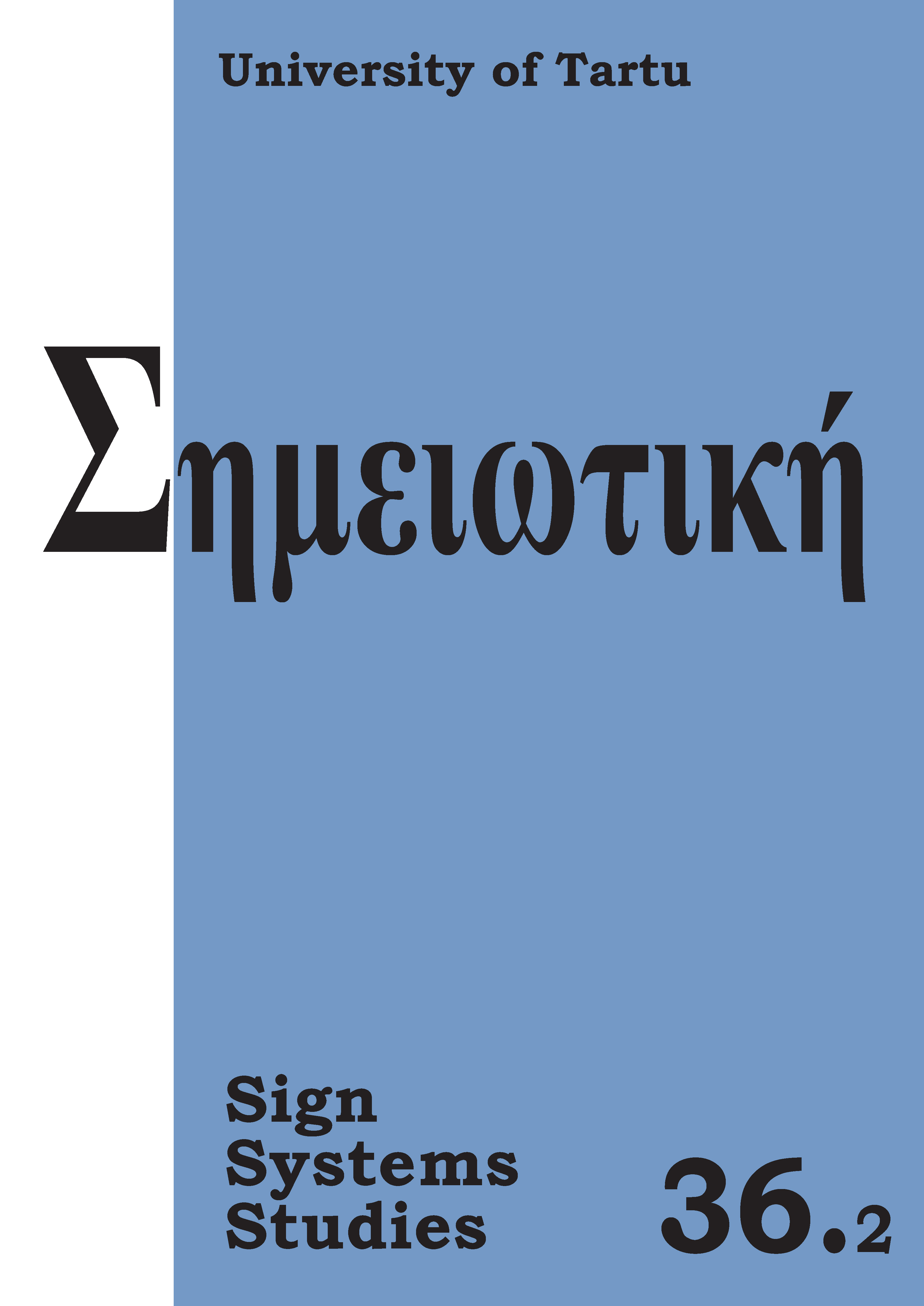Translation as communication and auto-communication
DOI:
https://doi.org/10.12697/SSS.2008.36.2.06Abstract
If one wants to understand translation, it is necessary to look at all its aspects from the psychological to the ideological. And it is necessary to see the process of translation, on the one hand, as a complex of interlinguistic, intralinguistic, and intersemiotic translations, and on the other hand, as a complex of linguistic, cultural, economic, and ideological activities. Translators work at the boundaries of languages, cultures, and societies. They position themselves between the poles of specificity and adaptation in accordance with the strategies of their translational behaviour. They either preserve the otherness of the other or they transform the other into self. By the same token, they cease to be simple mediators, because in a semiotic sense they are capable of generating new languages for the description of a foreign language, text, or culture, and of renewing a culture or of having an influence on the dialogic capacity of a culture with other cultures as well as with itself. In this way, translators work not only with natural languages but also with metalanguages, languages of description. One of the missions of the translator is to increase the receptivity and dialogic capability of a culture, and through these also the internal variety of that culture. As mediators between languages, translators are important creators of new metalanguages.


